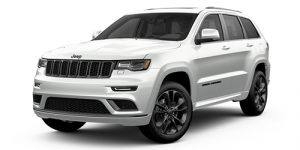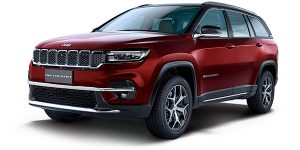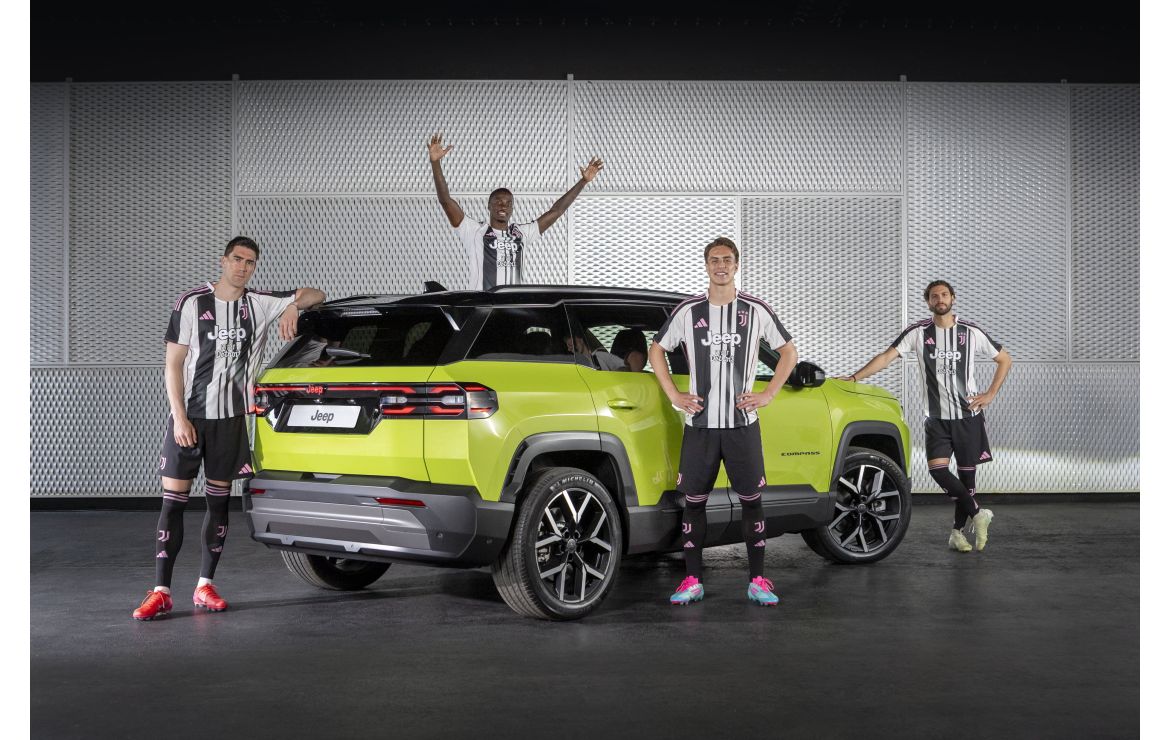[et_pb_section fb_built="1" _builder_version="4.16" global_colors_info="{}"][et_pb_row _builder_version="4.16" global_colors_info="{}"][et_pb_column type="4_4" _builder_version="4.16" global_colors_info="{}"][et_pb_text _builder_version="4.17.4" text_line_height="1.8em" ul_line_height="1.7em" header_text_color="#333" header_font_size="40px" header_line_height="1.3em" header_2_line_height="1.7em" header_3_line_height="1.7em" hover_enabled="0" global_colors_info="{}" sticky_enabled="0"]
PRIVACY POLICY
- Life Automobiles Private Limited (“Company”) is committed to protect and respect the privacy of the information providers, including the visitors of the website of the Company at www.jeep.com.np (“Website”).This Privacy Policy (“Privacy Policy”) details the provisions concerning collection, storage, use and protection of any personal information or other data that may be collected by the Company, including from the visitors accessing the Website, or that the users/visitors may voluntarily provide to the Company.
- In this Privacy Policy, persons providing or submitting any personal information to the Company in any manner, including the users/visitors of the Website, are referred to as the “Information Providers”.
Prior to providing any information to the Company or further accessing the Website, the Information Providers are advised to carefully peruse and review this Privacy Policy to understand the views of the Company and the treatment of personal data by the Company. By providing or submitting any information to the Company by whatever means, or by visiting and accessing the Website, the Information Providers accept to the practices described in this Privacy Policy and consent to the collection, storage and use of Personally Identifiable Information (defined below) and other non-confidential information by the Company as set out in this Privacy Policy.
- The term “Company” means and includes all its subsidiaries and affiliates and by agreeing to this Privacy Policy, the Information Providers agree to the sharing of their Personally Identifiable Information with such subsidiaries and affiliates. However, all such Personally Identifiable Information of the Information Providers shall always be protected in accordance with the standards provided in this Privacy Policy and shall not be used for any purposes not authorised by the Information Providers or permitted under the applicable laws.
Personally Identifiable Information
- “Personally Identifiable Information” of a person, means:
- any information that relates to a natural person, which, either directly or indirectly or in combination with other information, is capable of identifying such person, and
- any sensitive personal data or information of a person, consisting of,
- passwords,
- financial information, such as bank account or credit card or debit card or other payment instrument details,
- physical, physiological and mental health condition,
- sexual orientation,
- medical records and history,
- biometric information, of such person, and
- any other information which is presently categorised as or which information may at any time in future may be categorised as “Sensitive Data or Personal Information” under the provisions of the Information Technology Act, 2000 and rules and regulations framed thereunder, including the Information Technology (Reasonable Security Practices and Procedures and Sensitive Personal Information) Rules, 2011 (“IT Laws”).Collection of Personally Identifiable Information
- Voluntarily provided Information. The Information Providers may voluntarily opt to provide the Company any of their Personally Identifiable Information by filling up the forms available over the Website or by corresponding with the Company by phone, e-mail or otherwise or through providing responses to surveys, discussions, search functions, questionnaires, job postings, queries, complaints, feedback, report of any problems or the like. The submission of any Personally Identifiable Information by the Information Providers to the Company is optional and discretionary.
- Information collected over Website. Information Providers accessing the Website can access the home page and certain sections of the Website without disclosing any Personally Identifiable Information, however, certain sections of the Website or other websites, links of which are provided over the Website may require the Information Providers to provide any Personally Identifiable Information and such Information Providers are advised to take note of such requirements.
- With regard to each of the visits by the Information Providers accessing the Website, the following information may be automatically collected from such Information Providers:
- technical information provided by the web servers and browsers, including the internet protocol (IP) address, domain name used to connect the concerned Information Provider’s computer to the internet, any login information, browser type and version, time zone setting, browser plug-in types and versions, operating system and platform;
- information about the Information Providers’ visit to the Website, including the full Uniform Resource Locators (URL) for access of the Website (including date and time); products viewed or searched for by the Information Providers; page response times, download errors, length of visits to certain pages or methods used to browse away from the page or contact nos. used to call the Company’s customer service department.
- Website Cookies. When any Information Providers visit the Website, standard cookies or session based ids may be downloaded onto concerned Information Provider’s computers or internet browsing devises and utilised to improve the accessibility and quality of the Website, by storing visitor and browser preferences, improving search results, tracking visitor trends and for customizing its visitor offerings. The Information Providers accessing the Website have the option of disabling cookies through their internet browser preferences. However, please note that disabling of the Cookies on the internet browser may affect the functionality of certain sections of the Website.
Permitted Usage
- All voluntarily submitted Personally Identifiable Information by the Information Providers to the Company will be used only to comply with the concerned Information Provider’s requests, or general customization of the Company’s visitor offerings, or improvement of the Website experience or for such purposes as are permitted by the Information Providers or are permitted under the IT Laws or any other applicable laws.
- In addition to any specified purpose disclosed to the Information Providers for collection and use of any of their Personally Identifiable Information, the Company may use such Personally Identifiable Information to contact the Information Providers or send any commercial or marketing or promotional information to the Information Providers, however, in no event the Company will share or transfer the same to any third party that does not ensure same level of data protection that is adhered to by the Company.
- The Information Providers may, at any time, seek clarifications from the Company concerning the collection, use, storage and protection of any Personally Identifiable Information submitted by them and are free to request the Company in writing to review and update any of their Personally Identifiable Information and/or amend or withdraw their consent/preferences concerning use of any of their Personally Identifiable Information.
Retention and Storage of Information
- All Personally Identifiable Information of any Information Provider which is collected by the Company shall only be retained for the duration necessary to fulfil the requests or purposes for which such Personally Identifiable Information was disclosed to the Company, except as otherwise required under any applicable law.
- All Personally Identifiable Information that the Information Providers opt to disclose and share with the Company is stored on internal database servers of the Company (in whatever country they may be located) or on servers hosted by third parties whose database services have been subscribed by the Company under suitable service contracts entered into by the Company.
- The Company has put in place all requisite physical, electronic and managerial and employee procedures and practices in accordance with the IT Laws concerning safeguard and prevention of unauthorized access or disclosure and maintenance of privacy and security of all Personally Identifiable Information provided by the Information Providers to the Company.
Disclosures under Law
- The Company may disclose the Information Providers’ identity or any other Personally Identifiable Information provided by any Information Provider to the Company, pursuant to orders of any regulatory authorities or any court of competent jurisdiction without obtaining the prior consent of such Information Provider, or in relation to any disputes arising from third party claims that any content posted or uploaded by the Information Provider over the Website infringes such third party’s intellectual property rights or violates its right to privacy.
Collection and Use of Non-Confidential Data
- Subject to what is stated above, any communication, posts or materials transmitted by Information Providers to the Company, not being Personally Identifiable Information, through email, post or by submission over the Website or by any other means, including data, comments, questions, posts, suggestions, ideas, feedbacks, concepts, know-how, techniques, or the like, shall at all times be deemed non-confidential and the Company shall have no obligation of any kind with respect to such information disclosed by the Information Providers and shall be free to use all the information disclosed in such communications for any purpose it deems fit, including but not limited to, developing, manufacturing and marketing of its products. All such non-confidential information and details shall become the property of the Company and the Information Providers submitting such details or information agree, acknowledge and consent that the Company shall at all times be free to use, disclose, reproduce, or distribute any such communication or materials without limitation of any kind.
Changes
- The Company shall notify over the Website all material changes to this Privacy Policy that affects the Company’s use of any Personally Identifiable Information and in such an event the Information Providers may review, amend, update and/or withdraw their preferences/consent concerning the disclosure and/or use of their Personally Identifiable Information.
Grievance Officer
- In case of questions, clarifications or concerns regarding this Privacy Policy, the Information Providers are advised to first contact the Grievance Officer of the Company at the following details:
Comments
When visitors leave comments on the site we collect the data shown in the comments form, and also the visitor’s IP address and browser user agent string to help spam detection.
An anonymized string created from your email address (also called a hash) may be provided to the Gravatar service to see if you are using it. The Gravatar service privacy policy is available here: https://automattic.com/privacy/. After approval of your comment, your profile picture is visible to the public in the context of your comment.
Media
If you upload images to the website, you should avoid uploading images with embedded location data (EXIF GPS) included. Visitors to the website can download and extract any location data from images on the website.
Contact forms
Cookies
If you leave a comment on our site you may opt-in to saving your name, email address and website in cookies. These are for your convenience so that you do not have to fill in your details again when you leave another comment. These cookies will last for one year.
If you visit our login page, we will set a temporary cookie to determine if your browser accepts cookies. This cookie contains no personal data and is discarded when you close your browser.
When you log in, we will also set up several cookies to save your login information and your screen display choices. Login cookies last for two days, and screen options cookies last for a year. If you select "Remember Me", your login will persist for two weeks. If you log out of your account, the login cookies will be removed.
If you edit or publish an article, an additional cookie will be saved in your browser. This cookie includes no personal data and simply indicates the post ID of the article you just edited. It expires after 1 day.
Embedded content from other websites
Articles on this site may include embedded content (e.g. videos, images, articles, etc.). Embedded content from other websites behaves in the exact same way as if the visitor has visited the other website.
These websites may collect data about you, use cookies, embed additional third-party tracking, and monitor your interaction with that embedded content, including tracking your interaction with the embedded content if you have an account and are logged in to that website.
Analytics
Who we share your data with
How long we retain your data
If you leave a comment, the comment and its metadata are retained indefinitely. This is so we can recognize and approve any follow-up comments automatically instead of holding them in a moderation queue.
For users that register on our website (if any), we also store the personal information they provide in their user profile. All users can see, edit, or delete their personal information at any time (except they cannot change their username). Website administrators can also see and edit that information.
What rights you have over your data
If you have an account on this site, or have left comments, you can request to receive an exported file of the personal data we hold about you, including any data you have provided to us. You can also request that we erase any personal data we hold about you. This does not include any data we are obliged to keep for administrative, legal, or security purposes.
Where we send your data
Visitor comments may be checked through an automated spam detection service.
Your contact information
Additional information
How we protect your data
What data breach procedures we have in place
What third parties we receive data from
What automated decision making and/or profiling we do with user data
Industry regulatory disclosure requirements
[/et_pb_text][/et_pb_column][/et_pb_row][/et_pb_section]











0 Comments